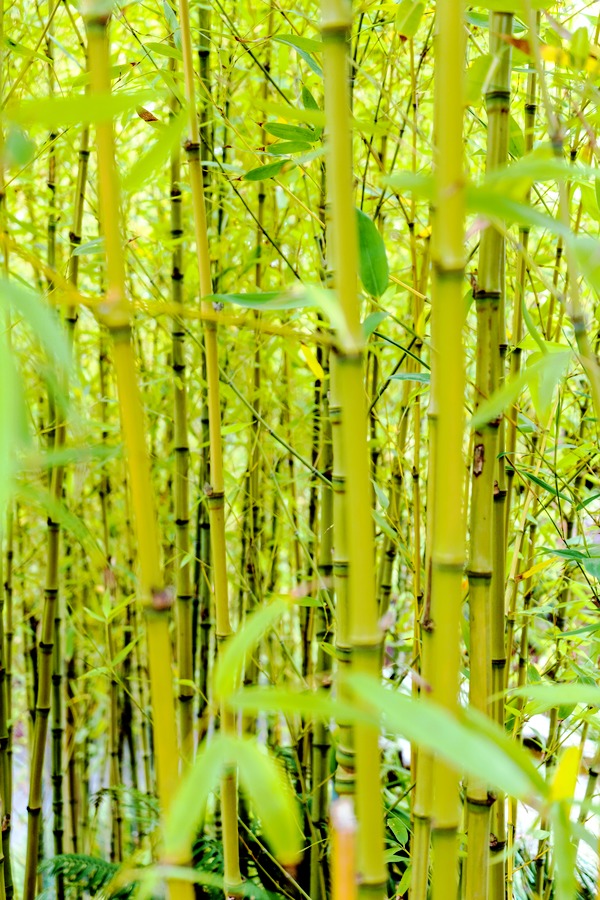 Here is a suggestion on something basic you can work on from our just past Earth Day to Earth Day 2023. Start considering your use of Toilet Paper. Did you know that the average person uses 130 rolls of TP a year? Hard to believe isn’t it. That’s about one roll every 3 days. To make all that toilet paper about 27,000 trees a day are cut down. Since trees, both hardwoods and pine only grow about 3 feet a year it takes 20 years to grow a tree to harvest for toilet paper production. Some of these trees are cut from tree farms, but many are cut from old growth virgin forest in Northern Canada and the rainforests of Brazil. This practice devastates the habitat for many creatures and plants that only live in those locations. It also significantly reduces the number of trees available to hold carbon from our burning of fossil fuels. The solution is to take the long strong fibers needed to bind toilet paper together and make it feel soft from bamboo. As you know bamboo grows very fast, as much as 3 feet per day. So a great supply of bamboo is out there in Asia. Some local Asian farmers already plant a few rows of bamboo around their small farmland plots. The bamboo needs no tending, watering, or fertilizing. The sale of this readily available product would help the family farmers in Asia.
Here is a suggestion on something basic you can work on from our just past Earth Day to Earth Day 2023. Start considering your use of Toilet Paper. Did you know that the average person uses 130 rolls of TP a year? Hard to believe isn’t it. That’s about one roll every 3 days. To make all that toilet paper about 27,000 trees a day are cut down. Since trees, both hardwoods and pine only grow about 3 feet a year it takes 20 years to grow a tree to harvest for toilet paper production. Some of these trees are cut from tree farms, but many are cut from old growth virgin forest in Northern Canada and the rainforests of Brazil. This practice devastates the habitat for many creatures and plants that only live in those locations. It also significantly reduces the number of trees available to hold carbon from our burning of fossil fuels. The solution is to take the long strong fibers needed to bind toilet paper together and make it feel soft from bamboo. As you know bamboo grows very fast, as much as 3 feet per day. So a great supply of bamboo is out there in Asia. Some local Asian farmers already plant a few rows of bamboo around their small farmland plots. The bamboo needs no tending, watering, or fertilizing. The sale of this readily available product would help the family farmers in Asia.
Bamboo toilet paper is very strong and soft, just like the premium brands of tree made toilet paper. Bamboo toilet paper doesn’t cause any problems in septic systems or waste plants. It biodegrades easily and there is no need for harsh chlorine chemicals in the production of bamboo toilet paper, like there is in the production of some brands of tree made TP.
Give it a try and make the switch. I have, and it does its job as well as any toilet paper. You can google bamboo toilet paper and see the brands that are out in the market already. I have purchased a large quantity locally from Costco and UFS.




